【有道云笔记】十一 3.27 IO流
https://note.youdao.com/s/PeEdd3Zo
一、IO介绍以及分类
IO: Input Output
流是一组有顺序的,有起点和终点的字节集合,是对数据传输的总称或抽象。即数据在两设备间的传输称为流,流的本质是数据传输,根据数据传输特性将流抽象为各种类,方便更直观的进行数据操作。
IO流的分类:
1、 根据处理的数据类型不同可以分为:字符流和字节流。
2、根据数据的流向不同可以分为:输入流和输出流。
字节流(Byte Stream):
- 字节流以字节为单位进行读取和写入操作,适合处理二进制数据(如图片、视频、音频等)或者文本文件。
- 字节流类通常以 InputStream 和 OutputStream 结尾,例如 FileInputStream、FileOutputStream。
- 字节流可以用于读写任何类型的文件,但对于文本文件的处理可能需要做字符编码转换。
字符流(Character Stream):
- 字符流以字符为单位进行读取和写入操作,适合处理文本数据。字符流会自动处理字符编码转换,避免了字节流在处理文本时可能出现的乱码问题。
- 字符流类通常以 Reader 和 Writer 结尾,例如 FileReader、FileWriter。
- 字符流适合处理文本文件,能够更方便地读写文本中的字符数据。
选择建议:
- 如果你需要处理文本文件,推荐使用字符流,因为它们能够更好地处理字符编码和文本数据。
- 如果需要处理二进制文件或者未经处理的数据,应该使用字节流。


二、字符流
@Test public void test1() { try { FileReader fileReader = new FileReader("io.txt"); int ch1 = fileReader.read(); System.out.println((char)ch1);//a int ch2 = fileReader.read(); System.out.println((char)ch2);//b int ch3 = fileReader.read(); System.out.println((char)ch3);//c int ch4 = fileReader.read(); System.out.println(ch4);//-1 } catch (FileNotFoundException e) { e.printStackTrace(); } catch (IOException e) { e.printStackTrace(); } } @Test public void test2() { try { FileReader fileReader = new FileReader("io.txt"); int ch = -1; //while循环去读,直到ch的值等于-1,就退出循环 while ((ch = fileReader.read()) != -1) { System.out.println((char)ch); } } catch (FileNotFoundException e) { e.printStackTrace(); } catch (IOException e) { e.printStackTrace(); } } @Test public void test3() { FileReader fileReader = null; try { fileReader = new FileReader("io.txt"); char[] buffer = new char[10]; int length = -1; //public int read(char[] cbuf) //将字符读入数组 //返回:读取的字符数,如果已到达流的末尾,则返回 -1 while ((length = fileReader.read(buffer)) != -1) { System.out.println(length); System.out.println(buffer); } System.out.println(length); } catch (FileNotFoundException e) { e.printStackTrace(); } catch (IOException e) { e.printStackTrace(); } finally { if (fileReader != null) { try { fileReader.close(); } catch (IOException e) { e.printStackTrace(); } } } } @Test public void test4() { FileReader fileReader = null; FileWriter fileWriter = null; try { fileReader = new FileReader("io.txt"); fileWriter = new FileWriter("io_back.txt"); char[] buffer = new char[10]; int length = -1; while ((length = fileReader.read(buffer)) != -1) { System.out.println(length); System.out.println(buffer); //读出多少就写多少,最后一次读出的数据很有可能不够buffer数组长度的数据 fileWriter.write(buffer, 0, length); } System.out.println(length); } catch (FileNotFoundException e) { e.printStackTrace(); } catch (IOException e) { e.printStackTrace(); } finally { if (fileWriter != null) { try { fileWriter.close(); } catch (IOException e) { e.printStackTrace(); } } if (fileReader != null) { try { fileReader.close(); } catch (IOException e) { e.printStackTrace(); } } } }
三、字节流

@Test public void testFileInputStreamFileOutputStram() { FileInputStream fileInputStream = null; FileOutputStream fileOutputStream = null; try { fileInputStream = new FileInputStream("bd.png"); fileOutputStream = new FileOutputStream("bd_back.png"); byte[] buffer = new byte[1024]; int length = -1; while ((length = fileInputStream.read(buffer)) != -1) { fileOutputStream.write(buffer, 0, length); } } catch (FileNotFoundException e) { e.printStackTrace(); } catch (IOException e) { e.printStackTrace(); } finally { if (fileOutputStream != null) { try { fileOutputStream.close(); } catch (IOException e) { e.printStackTrace(); } } if (fileInputStream != null) { try { fileInputStream.close(); } catch (IOException e) { e.printStackTrace(); } } } }
四、对象流
ObjectInputStream、ObjectOutputStream
将对象写入文件的操作流ObjectOutputStream,称为序列化。
从流中读取对象的操作流程ObjectInputStream,称为反序列化。
java.io.NotSerializableException: com.situ.day13.Student
Serialize序列化
@Test public void testObjectOutputStream() { Student student = new Student(); student.setId(1); student.setName("zhangsan"); student.setAge(23); student.setGender("男"); ObjectOutputStream objectOutputStream = null; FileOutputStream fileOutputStream = null; try { fileOutputStream = new FileOutputStream("stu"); objectOutputStream = new ObjectOutputStream(fileOutputStream); objectOutputStream.writeObject(student); } catch (IOException e) { e.printStackTrace(); } finally { if (objectOutputStream != null) { try { objectOutputStream.close(); } catch (IOException e) { e.printStackTrace(); } } if (fileOutputStream != null) { try { fileOutputStream.close(); } catch (IOException e) { e.printStackTrace(); } } } } @Test public void testObjectInputStream() { ObjectInputStream objectInputStream = null; FileInputStream fileInputStream = null; try { fileInputStream = new FileInputStream("stu"); objectInputStream = new ObjectInputStream(fileInputStream); Student student = (Student) objectInputStream.readObject(); System.out.println(student); } catch (FileNotFoundException e) { e.printStackTrace(); } catch (IOException e) { e.printStackTrace(); } catch (ClassNotFoundException e) { e.printStackTrace(); } finally { if (objectInputStream != null) { try { objectInputStream.close(); } catch (IOException e) { e.printStackTrace(); } } if (fileInputStream != null) { try { fileInputStream.close(); } catch (IOException e) { e.printStackTrace(); } } } }
一般情况下:先打开的后关闭,后打开的先关闭。
另一种情况:看依赖关系,如果流A依赖于流B,先关闭流A,再关闭流B。
五、IO异常的原因
在使用字节流读取文件时,可能会遇到各种 I/O 异常情况。以下是一些常见的导致 I/O 异常的情况:
- 文件不存在:尝试读取一个不存在的文件会导致 FileNotFoundException。
- 无法访问文件:权限不足或文件被其他程序占用可能导致 AccessDeniedException。
- 文件路径错误:如果提供的文件路径有误,会导致 InvalidPathException 或 InvalidParameterException。
- 磁盘空间不足:在写入文件时,磁盘空间不足会导致 DiskFullException。
- 网络异常:当从网络位置读取文件时,网络连接中断或超时会导致 SocketTimeoutException 或 IOException。




















 1960
1960











 被折叠的 条评论
为什么被折叠?
被折叠的 条评论
为什么被折叠?








